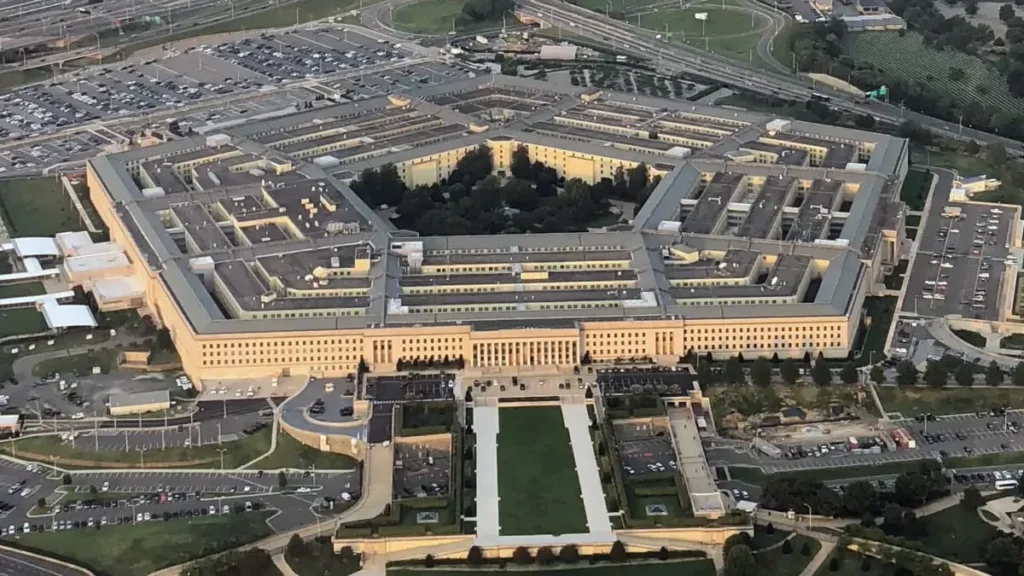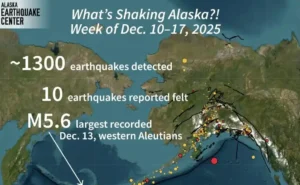Construction will begin this summer on the Pentagon Arctic training center at Joint Base Elmendorf-Richardson in Anchorage, Alaska. Spanning 150,000 square feet, the Joint Integrated Test and Training Center will enhance US air and ground simulation capabilities.
The US Army Corps of Engineers announced the project will run through 2029 and have a projected budget of $500 million. The facility will house 426 computer servers powered by a 15-million megavolt-ampere electric substation, which will support 24/7 operations.
John Budnik of the Army Corps said the new center will coordinate personnel on the ground with pilots flying F-22s, F-35s, and other fighter jets. The Air Force, Navy, and NATO allies, including Sweden and Canada, will train together under one virtual platform.
Colonel Lisa Mabbutt, commander at Elmendorf-Richardson, emphasized Alaska’s critical role in defense due to its proximity to Russian airspace and the Arctic. She said the project shows a clear US commitment to homeland defense and regional deterrence.
The center’s structure must endure severe winters with temperatures reaching minus-20 degrees. Reinforced concrete foundations and steel-insulated walls will help withstand brutal weather. Thareth Casey, the construction manager, noted that summer’s extended daylight hours would speed up work while shorter winter days would cause seasonal slowdowns.
The Pentagon has not officially named Russia or China as training targets, but prior defense statements highlight them as near-peer threats. Aircraft from both nations recently approached the Alaska Air Defense Identification Zone, prompting responses from US and Canadian forces.
Military strategist Katherine Dahlstrand noted the Arctic’s rising importance due to new sea routes and untapped resources. She said this training center reflects growing recognition that Arctic security means national security.
The US hopes to prepare for rapidly changing geopolitical threats by creating realistic training conditions. With overlapping interests in Arctic waters, military leaders say investing in Alaska strengthens US deterrence while securing its northern frontier.












